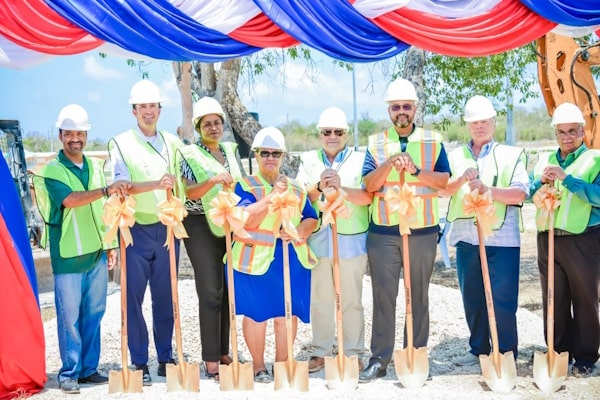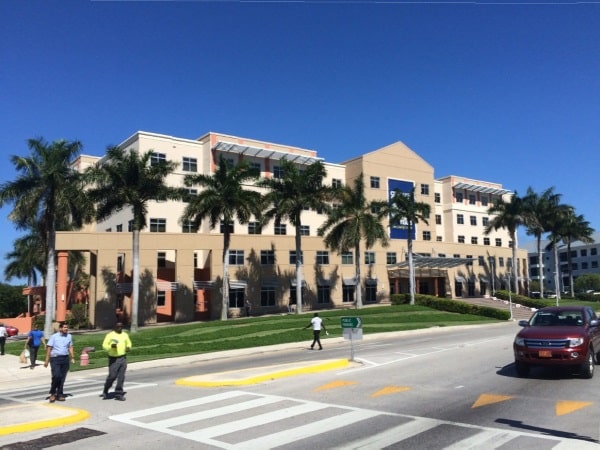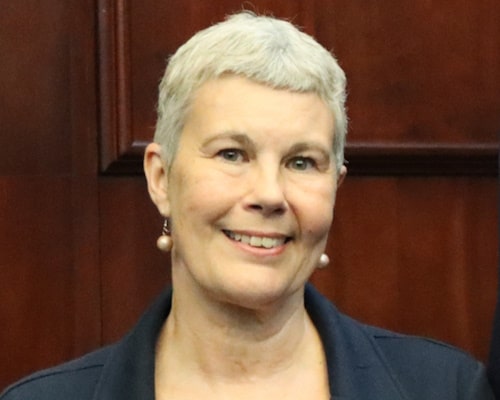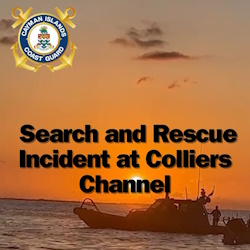Scientists suggest introducing cat 6 hurricane level
(CNS): A group of scientists are suggesting changes to the Saffir-Simpson hurricane wind scale to account for stronger storms. As global warming leads to more intense tropical cyclones (TCs), a new study published this week in the Proceedings of the National Academy of Sciences (PNAS), a peer-reviewed journal of the National Academy of Sciences, suggests that the open-ended category 5, which kicks in when winds reach 157mph, has become problematic for conveying the real wind risk in a warming world.
“We investigate considering the extension to a 6th category of the Saffir–Simpson hurricane wind scale to communicate that climate change has caused the winds of the most intense TCs to become significantly higher,” extreme weather experts Michael Wehner and James P. Kossin said in the introduction to their research, based on observation and models.
The Saffir–Simpson scale for categorising damage based on the wind intensity of TCs was introduced in the early 1970s and remains the most commonly used metric for public communication of the level of wind hazard that a storm poses. Because the scale is open-ended and does not extend beyond ‘cat 5’, the level of wind hazard beyond that remains constant, regardless of how extreme the storm becomes.
“This may be considered a weakness of the scale, particularly considering that the destructive potential of the wind increases exponentially,” the authors said, as they explained how this weakness becomes amplified in a warming world.
“We find that a number of recent storms have already achieved this hypothetical category 6 intensity and based on multiple independent lines of evidence examining the highest simulated and potential peak wind speeds, more such storms are projected as the climate continues to warm,” they added.
The scientists stated that global warming has increased the energy available for the intensification of tropical storms through increases in latent and sensible heat fluxes from warmer ocean temperatures. As a result, storm intensities well above the category 5 threshold are being realised, and record wind speeds will likely continue to be broken as the planet continues to warm.
Over the past decade, at least five storms in the Western Pacific Ocean would have been classed in this new category, which would include all hurricanes with sustained winds of 192mph or more. While there have been no storms in the Atlantic that would have reached this proposed category, conditions in the region are conducive for this to happen.
“It’s just luck that there hasn’t been one yet,” said Wehner in a press appearance. “I hope it won’t happen, but it’s just a roll of the dice. We know that these storms have already gotten more intense, and will continue to do so.”
While the number of hurricanes is not rising due to the climate crisis, researchers have found that the intensity of major storms has notably increased during the four-decade satellite record of hurricanes. A super-heated ocean is providing the energy to rapidly intensify hurricanes, aided by a warmer, moisture-laden atmosphere.
Wehner said the Saffir-Simpson scale was an imperfect measure of the dangers posed to people by a hurricane, which mostly come from severe rainfall and coastal flooding rather than the strong winds themselves. However, a category 6 would highlight the heightened risks brought by the climate crisis. “Our main purpose is to raise awareness that climate change is affecting the most intense storms,” he said.
- Fascinated
- Happy
- Sad
- Angry
- Bored
- Afraid
Category: Science & Nature, Weather





































*some* women held men and communities together through Ivan.
ivan was a 7 …at least….
It’s okay with me.
There is somewhat arbitrary divide between most of the Hurricane Categories.
Cat 5 – 157 to 164.
Cat 6 – 165 and above.
What does it really matter? It’s all very, very bad above Cat 4. Does insurance pay more for higher levels of storm? No? So what does it matter? Will this play into the climate change progressions? Ahhhhh. There’s where it will matter.
True, insurance companies won’t pay more, but I bet they’ll add an additional charge if you want cover for more than cat 5.
They will add that to their wriggle room of not covering you for the new “Act of God” category.
Category 6? I behoove my own cat 6 after downing some chilli cheese dogs in me yard
Mom’s coming round to make it right again
Learn to swim
#6 for Ivan seems right.
And higher categories needed to anticipate even harsher hurricanes.
Ivan was a 4
Time to buy bluff land in the Brac..
It’s not serious until it goes to 11, as per Spinal Tap.
Who the hell can downvote this? quality comment I think.
probably a drummer?!?
I have been saying this for years.
Hurricanes Irma and Maria a few years ago, and the one that just hit Acapulco a few months ago, were all much higher than the Cat 5 threshold.
Cat 1: 74-95 mph winds
Cat 2: 96-110 mph winds
Cat 3: 111-129 mph winds
Cat 4: 130-156 mph winds
Cat 5: 157+ mph winds.
I think they should change Cat 5 to something like 157-175 mph winds and Cat 6 to 176 mph+
Whatever they come up with, there is no doubt that the pattern is that the Atlantic and Caribbean has seen some very strong storms in the past couple of decades, and sea temps continue to be very warm.